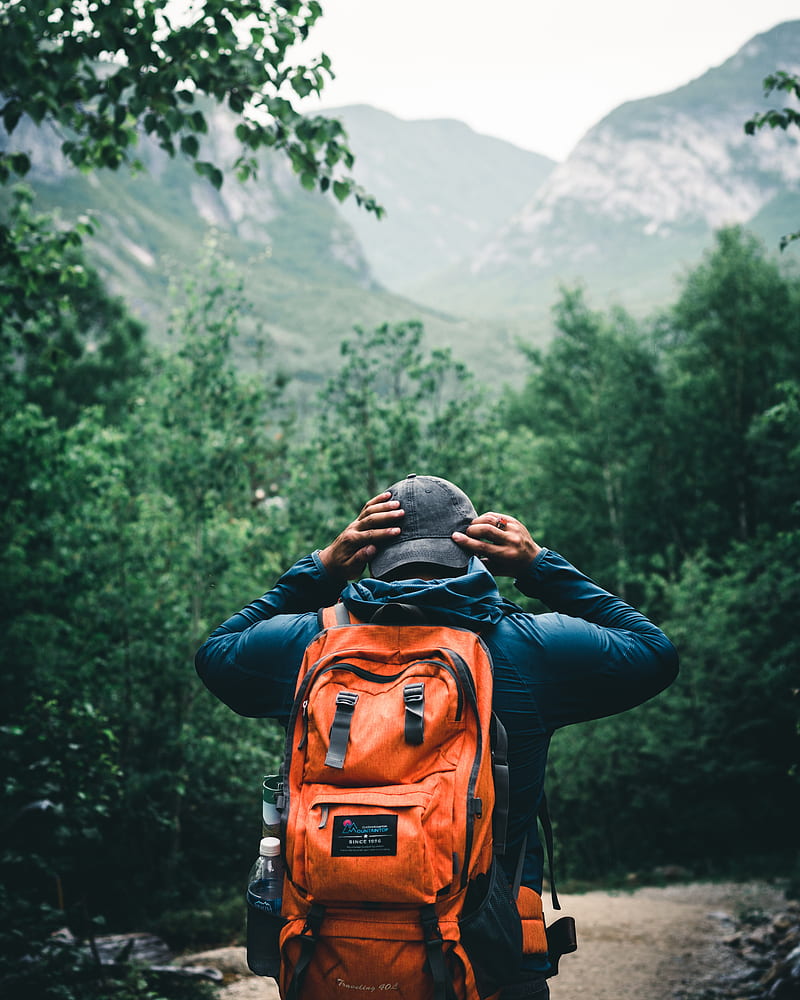When it comes to tourism in Africa, many travelers flock to well-known destinations like South Africa, Kenya, and Egypt. However, there is an African gem that often remains hidden from the global travel radar – Angola. This diverse and culturally rich country, located on the southwestern coast of the continent, offers a unique blend of natural beauty, history, and vibrant culture that’s waiting to be explored. In this blog, we will take you on a journey through the many facets of tourism in Angola.
Why is Angola’s landscape so diverse and breathtaking?
Natural Wonders
Angola’s landscape is as diverse as it is breathtaking. The country is home to a vast array of natural wonders that will leave you in awe. From the lush rainforests of Cabinda to the arid deserts of Namibe, Angola’s terrain offers something for every type of traveler.
- The Enchanting Kalandula Falls: Also known as the Luanda Falls, the Kalandula Falls are one of the largest waterfalls in Africa. Situated on the Lucala River, these cascading waters create a mesmerizing spectacle that rivals other famous waterfalls worldwide.
- Namibe Desert’s Otherworldly Beauty: If you’re a fan of desert landscapes, the Namibe Desert will captivate your senses. Its towering sand dunes, unique rock formations, and the striking contrast of red and white sands provide an unforgettable experience for adventure seekers and photographers.
- Bico da Velha: This stunning beach, with its turquoise waters and golden sands, is a hidden paradise on the Atlantic coast. Its name, “Bico da Velha,” translates to “Old Woman’s Peak,” referring to a nearby rock formation, which adds to the beauty and intrigue of this natural wonder.
Rich Cultural Heritage
Angola’s rich cultural heritage is a testament to its diverse history, which blends indigenous traditions with Portuguese, Brazilian, and other influences. Exploring the cultural facets of the country is a journey into its soul.
- Luanda, the Capital of Contrasts: Luanda, Angola’s capital, is a city of stark contrasts. From the modern skyscrapers of the city center to the historic architecture of the Old Town, Luanda offers a glimpse into the country’s complex past.
- Afro-Brazilian Influence in Benguela: The city of Benguela, on Angola’s west coast, bears a strong Afro-Brazilian influence. The vibrant music, dance, and cuisine in this city reflect the Brazilian cultural legacy, which is a unique and intriguing aspect of Angolan culture.
- Ancient Rock Art in Tchitundo-Hulo: Tchitundo-Hulo is an archaeological site in southern Angola featuring ancient rock art dating back thousands of years. These enigmatic petroglyphs offer a fascinating look into the region’s prehistoric culture.
Unique Experiences
Angola offers tourists a wide range of unique experiences, from wildlife safaris to adventure sports.
- Safari Adventures in Kissama National Park: For wildlife enthusiasts, Kissama National Park is a must-visit destination. Here, you can spot various African animals, including elephants, zebras, and antelopes, as they roam freely in their natural habitat.
- Kwanza River Rafting: The Kwanza River provides an exciting opportunity for white-water rafting enthusiasts. The journey along its rushing waters combines adrenaline with breathtaking scenery.
- Taste Angolan Cuisine: Angolan cuisine is a blend of indigenous flavors and international influences. Don’t miss the chance to savor dishes like “muamba de galinha” (chicken stew) or “calulu” (a dish made with fish, palm oil, and okra) at a local restaurant.
Best Attractions:
1. Luanda – The Vibrant Capital
Route Map: Start your journey at Quatro de Fevereiro International Airport.
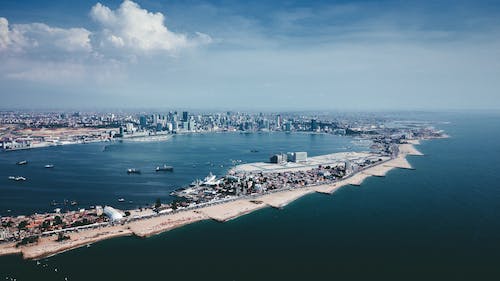
Begin your adventure in Luanda, the capital of Angola, which is known for its vibrant blend of modernity and tradition. Here are some highlights:
- The Mausoleum of Agostinho Neto: Pay your respects at the final resting place of Angola’s first president and enjoy panoramic views of Luanda from the adjacent obelisk.
- Ilha de Luanda: Explore the city’s beautiful beaches and bustling promenades, where you can try local seafood delicacies.
- The Museum of Anthropology: Immerse yourself in Angola’s diverse cultural heritage, including traditional masks, sculptures, and more.
2. Kalandula Falls – The Majestic Cascades
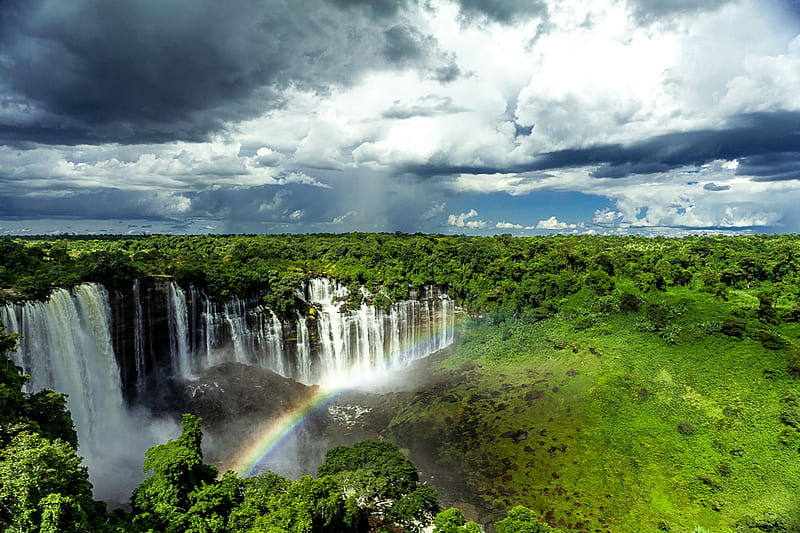
Route Map: From Luanda, take a flight to Malanje.
Travel to Malanje, a province in central Angola, to witness the stunning Kalandula Falls, one of Africa’s largest waterfalls:
- Kalandula Falls: Marvel at the cascading waters of the Lucala River as they create a mesmerizing spectacle. This natural wonder is a photographer’s dream.
3. Lubango – The Tundavala Gap and More
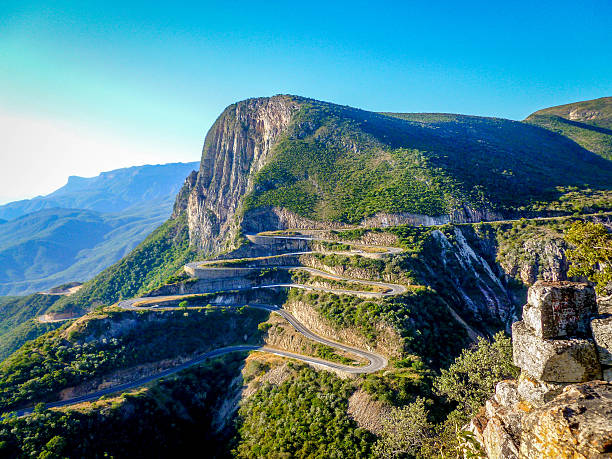
Route Map: Drive from Malanje to Lubango (approximately 560 kilometers).
Lubango, nestled in the Huila province, offers some incredible sights and experiences:
- Tundavala Gap: Stand on the edge of this immense cliff and take in the breathtaking panoramic view of the vast plateau below.
- Christ the King Statue: Visit this iconic statue, reminiscent of Rio de Janeiro’s Christ the Redeemer, and enjoy stunning vistas.
4. Benguela – The Coastal Gem
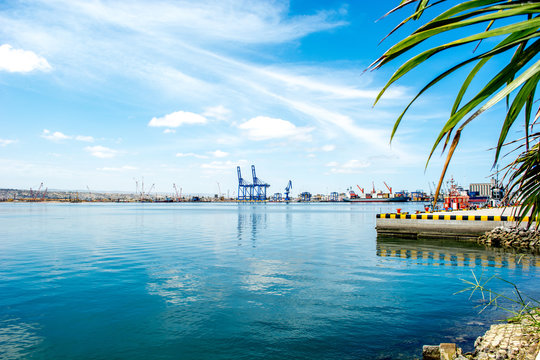
Route Map: Drive from Lubango to Benguela (approximately 160 kilometers).
Benguela, on Angola’s west coast, boasts a unique blend of African and Brazilian cultural influences:
- Benguela’s Beaches: Relax on pristine beaches, like Praia Morena and Praia da Caotinha, while enjoying the Afro-Brazilian atmosphere.
- Benguela Railway Museum: Learn about the country’s rich history by exploring this well-preserved museum located in a historic train station.
5. Namibe – The Desert Beauty

Route Map: Drive from Benguela to Namibe (approximately 540 kilometers).
Your journey culminates in the Namibe province, where you’ll encounter the striking beauty of the desert and the ocean:
- Namibe Desert: Explore the desert’s otherworldly landscapes, characterized by towering sand dunes and unique rock formations.
- Bico da Velha Beach: Unwind on the golden sands of this beautiful beach, known for its turquoise waters and the nearby “Old Woman’s Peak.”
Unvisited Places to explore:
1. Quiçama National Park – Wild Savannah and Coastal Beauty
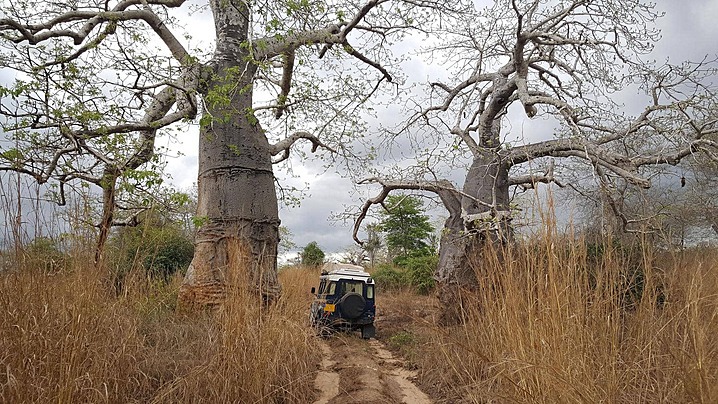
Quiçama National Park, located near Luanda, is a pristine wilderness that remains largely undiscovered by tourists. It’s a paradise for nature enthusiasts, offering both savannah and coastal experiences.
- Kissama Lodge: This eco-lodge within the park allows you to experience the wild in comfort. You can embark on game drives to spot elephants, zebras, and various bird species.
- Praia dos Surfistas: Explore the secluded and picturesque Praia dos Surfistas, a hidden beach where you can unwind and watch local fishermen in action.
2. Cangandala National Park – The Home of the Giant Sable Antelope
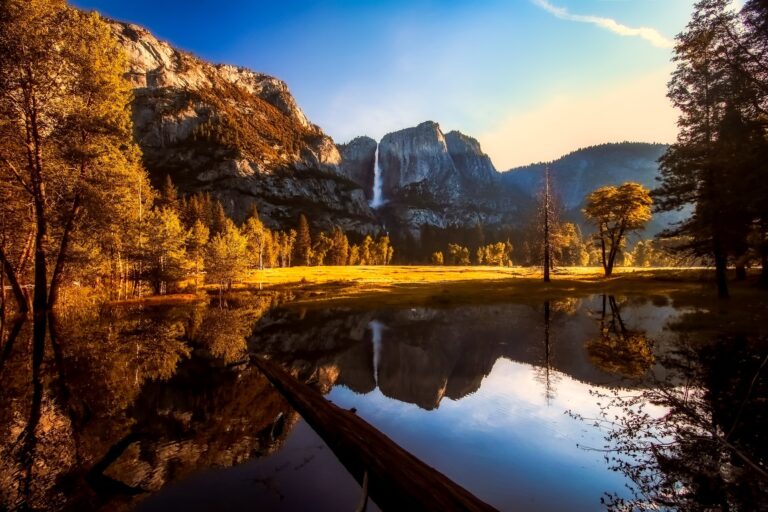
Cangandala National Park, situated in the Malanje province, is a haven for wildlife enthusiasts. It’s one of the few places on Earth where you can see the endangered giant sable antelope.
- Giant Sable Antelope: Witness the striking giant sable antelope in its natural habitat. These majestic creatures are an iconic symbol of Angola’s conservation efforts.
- Birdwatching: The park is also home to a diverse array of bird species, making it an ideal destination for birdwatchers.
3. Mount Moco – The Highest Peak in Angola
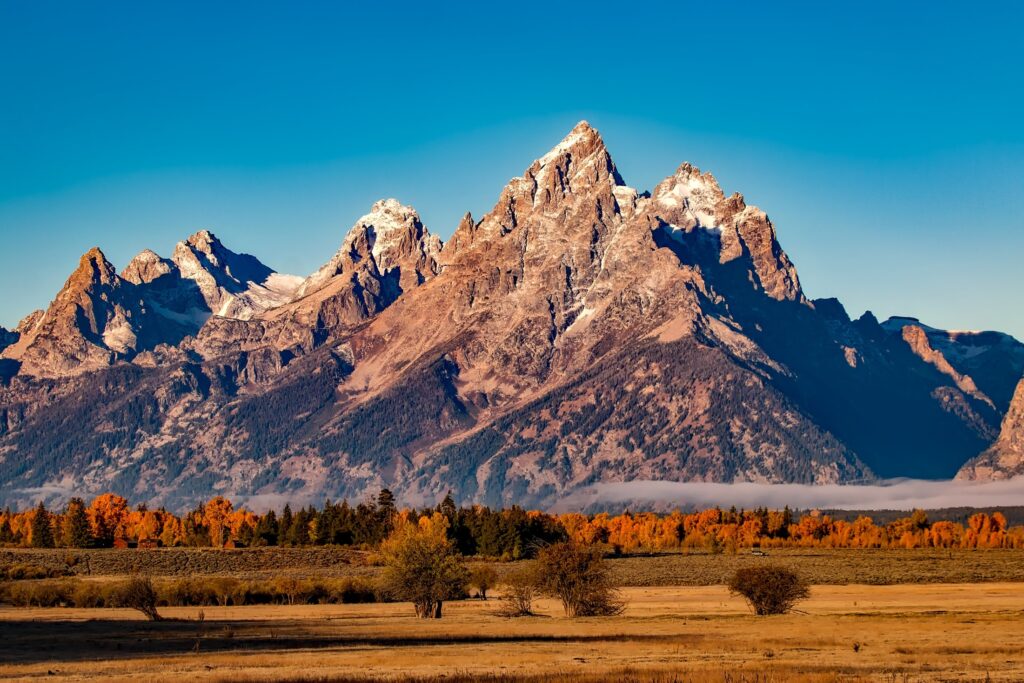
If you’re an adventurer seeking uncharted heights, Mount Moco is a must-visit. It is the highest mountain in Angola and offers unparalleled trekking experiences.
- Trekking: Embark on a challenging trek to the summit of Mount Moco and be rewarded with stunning panoramic views of the surrounding landscapes.
- Endemic Flora: Explore the unique vegetation, including numerous endemic plant species, that thrives on the mountain.
4. Tombwa Desert – The Remote and Rugged Beauty
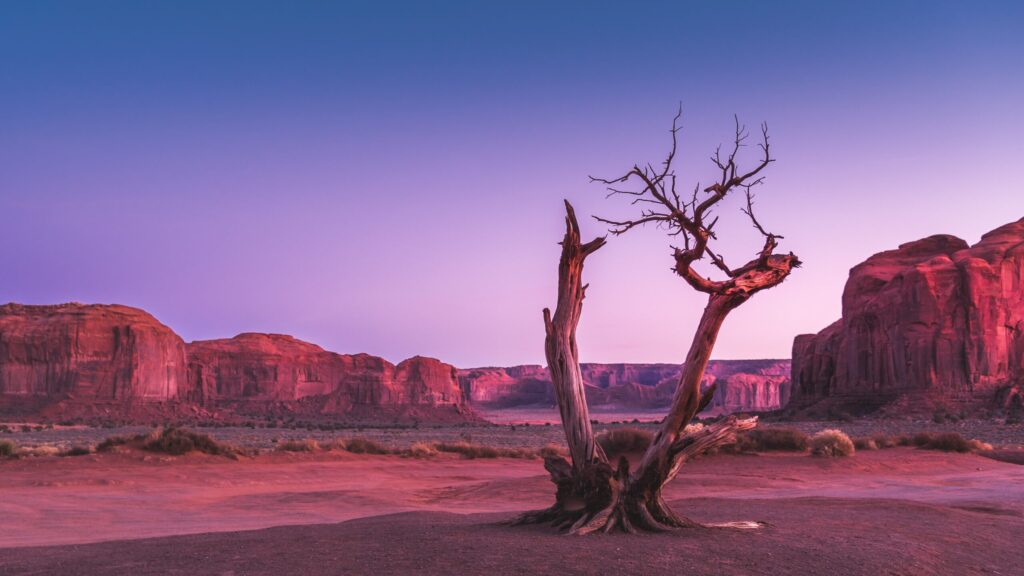
Namibe’s Tombwa Desert, also known as the “Barefoot Desert,” is a remote and untamed expanse of dunes and rocky terrain that remains largely undiscovered by tourists.
- Off-Roading Adventures: Take a thrilling off-roading trip through the desert’s ever-shifting dunes and rugged terrain.
- Photography Opportunities: Capture the raw beauty of the desert, from its vast landscapes to its unique geological formations.
5. Tchitundo-Hulo – The Ancient Rock Art Sanctuary
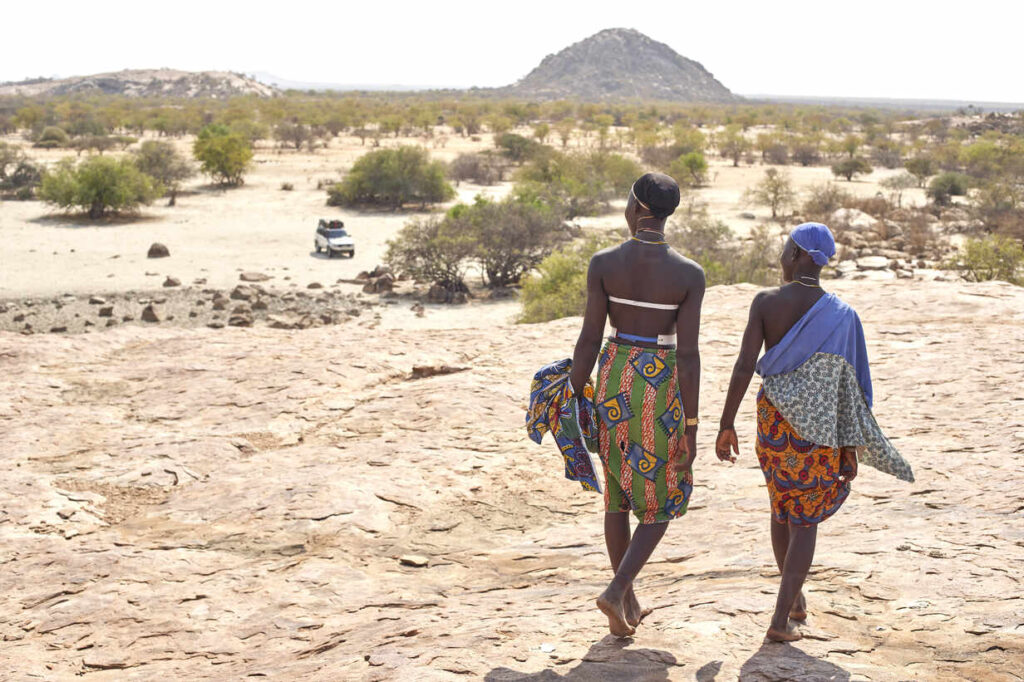
Tchitundo-Hulo, located in the Cunene province, is an archaeological site adorned with ancient rock art, providing a unique window into Angola’s prehistoric past.
- Rock Art: Explore the remarkable petroglyphs that date back thousands of years, showcasing the art and culture of early inhabitants.
- Cultural Exploration: Immerse yourself in the surrounding area, where you can interact with local communities and gain insight into their traditions.
Currency & Travel Tips:
Currency in Angola: The official currency of Angola is the Angolan Kwanza (AOA). It is essential to exchange your currency for Kwanza when you arrive in the country.
Travel Tips for Angola:
- Budget Accommodations:
- Consider staying in guesthouses, hostels, or small family-run accommodations, which are more budget-friendly than upscale hotels. Luanda, Benguela, and Lubango offer a variety of options.
- Public Transport:
- Shared minivans and buses are the most common forms of public transportation in Angola. Prices vary depending on the route and distance. Be prepared to haggle with drivers for the best fare.
- In Luanda, there is a limited taxi service. Negotiate the fare with the driver before starting your journey.
- Local SIM Card and Plans:
- Unitel and Movicel are the two main mobile network providers in Angola. You can easily purchase a local SIM card from one of their stores or authorized dealers.
- Tourist plans are available, offering data and calling minutes. Compare the plans and choose the one that best suits your needs for staying connected while traveling.
- Basic Local Phrases:
- While Portuguese is the official language, knowing a few basic phrases in the local language, Kimbundu, can be helpful and appreciated:
- Hello – “Saudação”
- Thank you – “Obrigado/a”
- Yes – “Sim”
- No – “Não”
- Please – “Por favor”
- How much? – “Quanto custa?”
- Where is…? – “Onde fica…?”
- While Portuguese is the official language, knowing a few basic phrases in the local language, Kimbundu, can be helpful and appreciated:
- Local Cuisine:
- Don’t miss the opportunity to savor Angolan cuisine, which is a unique blend of flavors:
- Muamba de Galinha: A rich and spicy chicken stew, often served with funge (a starchy side dish).
- Calulu: A dish made with fish, palm oil, okra, and various vegetables.
- Kizaka: Grilled skewers of marinated meat, usually beef or goat, served with spicy sauces.
- Funge: A staple side dish made from cassava or cornmeal, often served with various sauces.
- Feijoada à Angolana: A bean stew with pork, sausage, and other meats, inspired by Portuguese cuisine.
- Don’t miss the opportunity to savor Angolan cuisine, which is a unique blend of flavors:
Culture & Influence:
- Ancient Civilization: Angola’s history is deeply rooted in ancient civilizations, particularly those of the Bantu-speaking peoples. The region was inhabited by various ethnic groups with diverse cultures and traditions. Notably, the Kingdom of Kongo, which flourished in the northwest of present-day Angola, had a significant impact on the area’s history. The Kingdom of Kongo had a sophisticated social structure, and its people practiced agriculture, metallurgy, and trade. The remnants of their ancient civilization, such as the ruins of the former capital, Mbanza Kongo, still hold historical importance.
- Religious Significance:
- Christianity: Angola has a strong Christian presence, with a significant number of the population identifying as Christian. Churches and cathedrals, such as the Sé Catedral de Luanda, are not only places of worship but also important cultural and historical landmarks.
- Indigenous Religions: Many Angolans also practice indigenous religions, which are deeply rooted in their history and cultural traditions. These belief systems often involve ancestral veneration and a close connection to the natural world.
- History and Heritage:
- Colonial Era: Angola’s history is marked by colonialism, primarily by the Portuguese, who arrived in the late 15th century. The colonial period had a profound impact on the country’s culture, language, and economy.
- Struggle for Independence: Angola’s fight for independence from Portugal was a pivotal moment in its history. The war for independence culminated in 1975, leading to the birth of the independent nation of Angola.
- Civil War: The post-independence period was marred by a lengthy civil war, lasting until 2002. The war had a significant impact on the country, but Angola has since made strides in rebuilding and reconciliation.
- Cultural Heritage: Angola’s cultural heritage is rich and diverse, with a wealth of music, dance, and art forms. The nation is known for its vibrant music genres, including semba and kizomba, as well as traditional dance styles like the kuduro.
- Modern Significance:
- Economic Growth: Angola is one of Africa’s largest oil producers, and its energy resources play a crucial role in its modern economy. The revenue from oil has allowed for significant infrastructure development.
- Political Stability: Angola has worked towards political stability and democracy since the end of the civil war. It holds regular elections, and the country has made strides in fostering a more stable political environment.
- Regional Diplomacy: Angola is recognized for its diplomatic efforts in regional conflicts and peacekeeping missions, playing a significant role in promoting peace and stability in Africa.
- Tourism: In recent years, Angola has been increasingly promoting its tourism sector. The country’s natural beauty, diverse landscapes, and rich cultural traditions make it an emerging destination for travelers seeking unique experiences.
Wanderer’s Word:
Angola, a land of rich history and dynamic evolution, is a captivating tapestry of ancient civilizations, religious diversity, and historical milestones. Its roots are deeply embedded in the legacies of the Bantu-speaking peoples and the influential Kingdom of Kongo. With a heritage reflecting both Christian faith and indigenous beliefs, the spiritual and cultural landscape is as diverse as the country itself.
“Quem não sabe onde quer ir, qualquer caminho serve.”
“He who doesn’t know where he wants to go, any road will do.”

